Queen Elizabeth II Has Passed Away Aged 96: Obituary
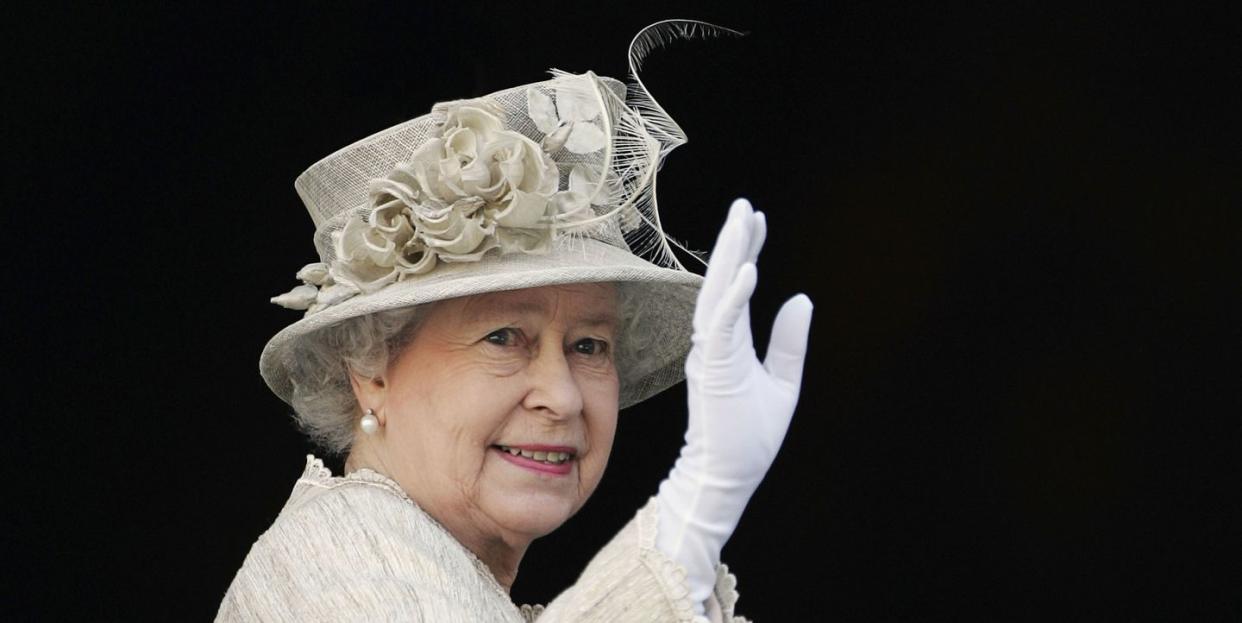
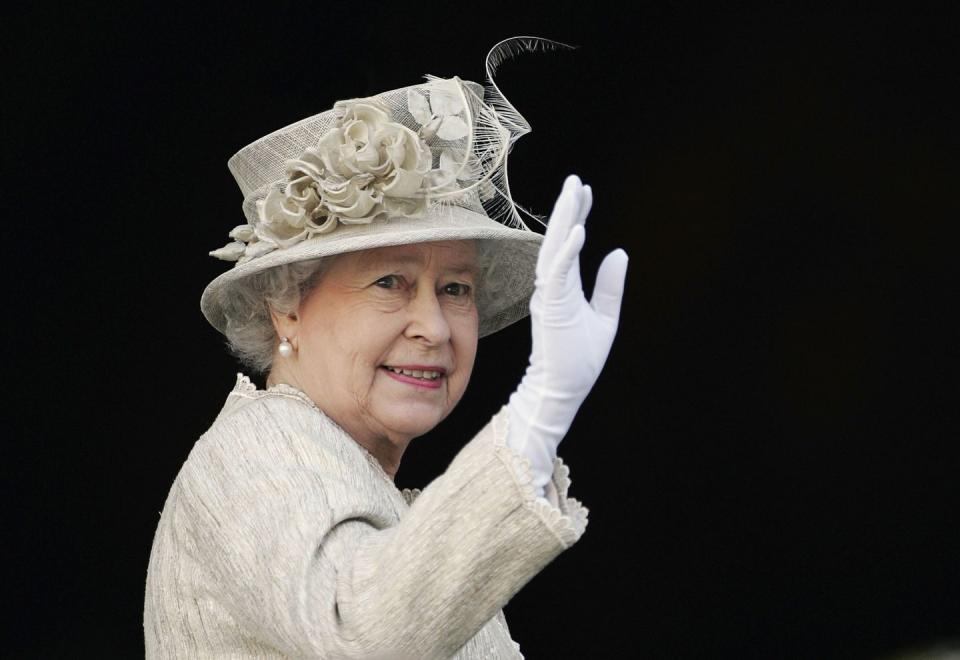
Queen Elizabeth II, who has died aged 96, was the second-longest reigning monarch in world history. Taking the throne on February 6, 1952, Her Majesty ruled the realm for 70 years and 214 days.
It was a mammoth and history-defining stint not originally on the cards for the royal - having been born third in line to the throne - but one which she took on, aged 25, with gumption and poise. From Winston Churchill to Liz Truss, 15 Prime Ministers have served Her Majesty during times of great personal sorrow, political turmoil, controversy, and celebration.
Since taking to the throne in 1952, it’s estimated the Queen carried out more than 21,000 engagements over the course of her reign, gave Royal Assent to approximately 4,000 Acts of Parliament and visited over 100 countries as Monarch, including Canada a staggering 22 times. During this time, she worked as Patron for over 500 organisations, sent more than 300,000 congratulatory cards to centenarians, and sat for over 200 official portraits.
Ever the technophile, the Queen embraced the digital age, launching Buckingham Palace's first official website, sending her first tweet in 2014 and publishing her first Instagram post in 2019, as well as using an Oyster card to officially open the Elizabeth Line in May 2022.
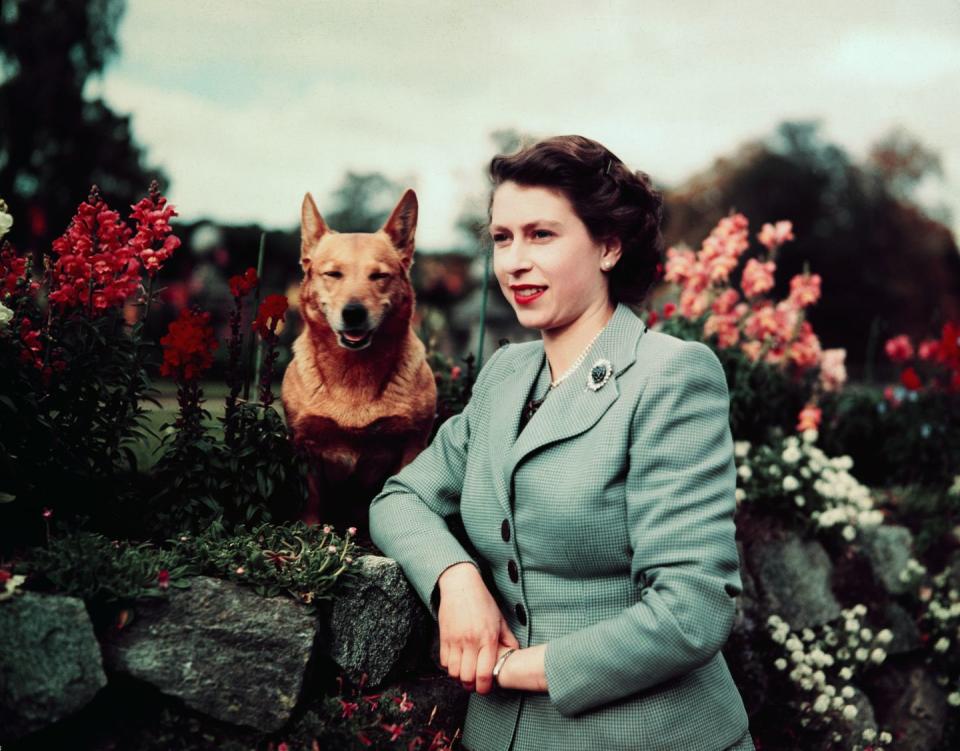
In recent years, the Queen scaled back her royal duties and official outings. In May 2022, the Palace announced that Her Majesty would ‘move permanently to Windsor Castle’, after residing there with her late husband, Prince Philip, during the global Coronavirus pandemic. With increasing mobility concerns since his passing, resulting in Her Majesty missing the High Games in Scotland in September 2022, several other members of the royal family have stepped in to increase their royal appearances.
As the UK and the Commonwealth mourn the loss of the Queen, we look back at her life and century-defining reign.
Queen Elizabeth II was born on April 21, 1926, during the reign of her grandfather George V. The first child of Prince Albert and Lady Elizabeth Bowes-Lyon – who would later be known as King George VI and the Queen Mother, respectively, – Queen Elizabeth was born third in line to become Britain’s monarch.
During her youth, Elizabeth and her younger sister Margaret were taught at home by governess Marion Crawford (dubbed ‘Crawfie’ by the young royals) and later received private tuition in Constitutional History from Henry Marten, Vice-Provost of Eton College, as well as religious lessons from the Archbishop of Canterbury. Academic courses during her youth included French, Mathematics, History, as well as Dancing, Singing and Art. It’s well-known the royal became fluent in French and German (a skill she showed in 2014 while addressing a State Banquet in both English and French at the Élysée Palace).
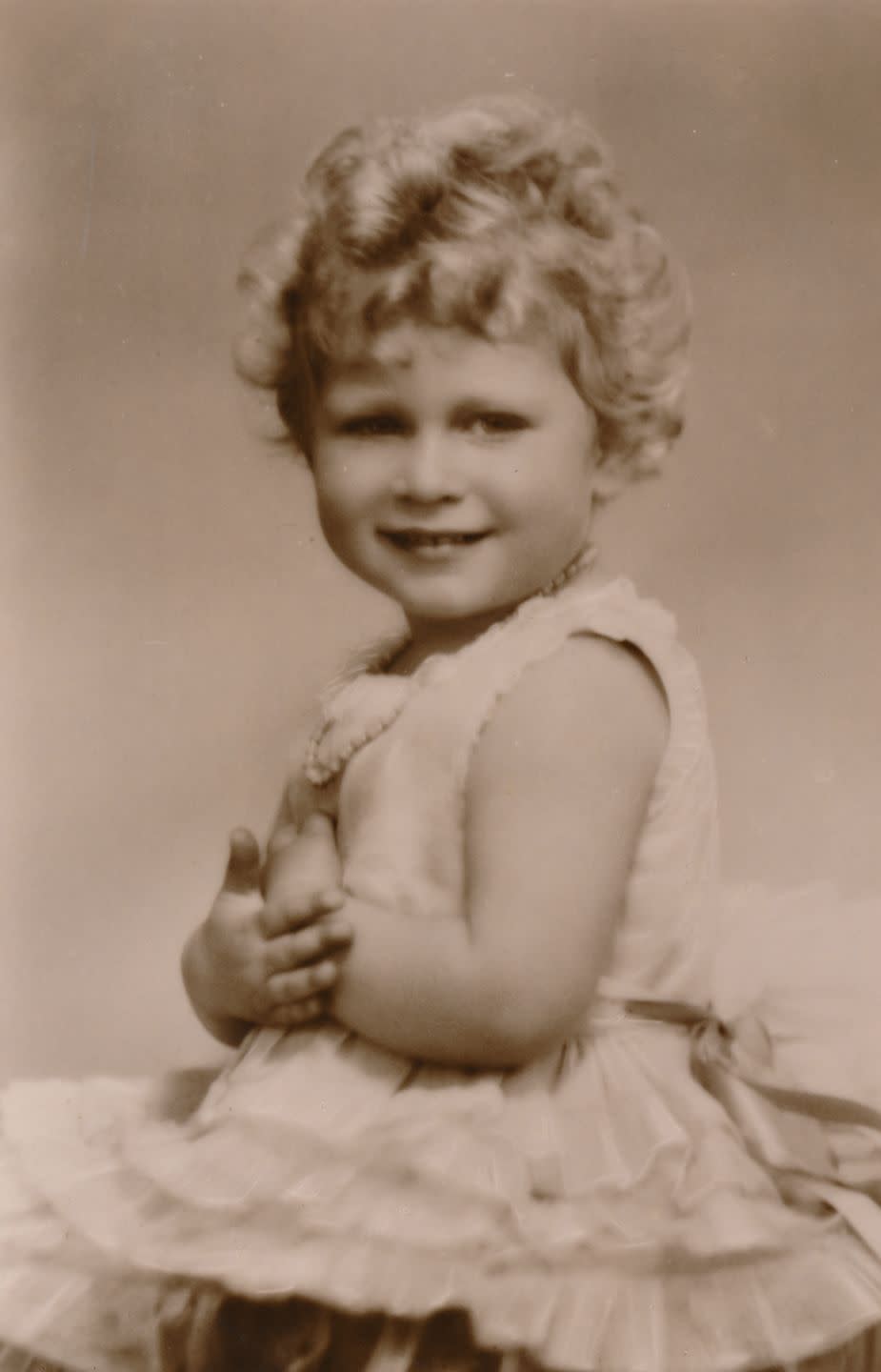
In her spare time, the Queen enjoyed taking part in activities within the Buckingham Palace Girl Guides Company – a version of the UK's Brownies and Guides – which was created for the young princesses and their cousins, in addition to palace staff’s children. From a young age the Queen also showed a love of horses and began riding lessons, aged 5, in 1931 with Henry Owen, a groom at White Lodge, Richmond Park. In 1938 the royal received riding training from Horace Smith in Berkshire and is believed to have continued riding until the later years of her life.
Elizabeth was 13 years old when WWII broke out on September 3, 1939. Like many children living in London, Elizabeth and her sister were evacuated out of the city to the Royal Lodge at Windsor Castle. In October 1940, a 14-year-old Princess Elizabeth broadcast a message to evacuees on the radio programme Children's Hour, urging them to have courage. ‘When peace comes, remember it will be for us, the children of today, to make the world of tomorrow a better and happier place,’ she said.
The Queen joined the Auxiliary Territorial Service aged 18 to help in the war effort, and rose to the rank of Subaltern (which is the equivalent to Army Lieutenant) and Junior Commander (Army Captain). She began her training as a mechanic in March 1945 and undertook a driving and vehicle maintenance course at Aldershot, qualifying a month later. Elizabeth broke new ground during this time for the Monarchy, becoming the first female of the Royal family to be an active-duty member of the British Armed Forces.
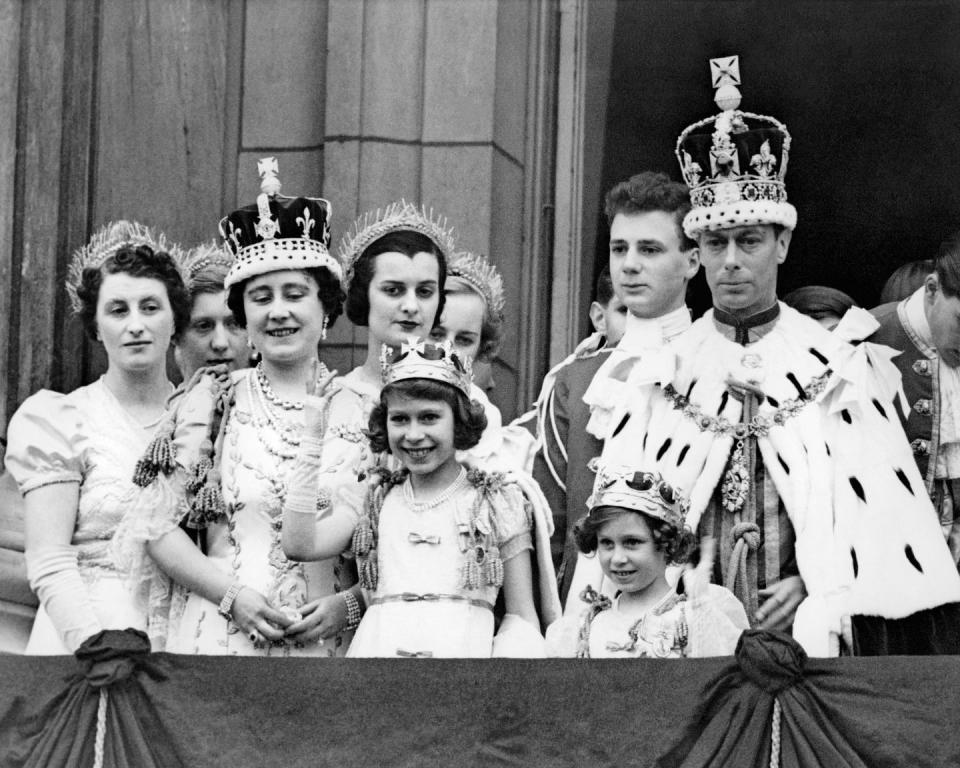
At 6pm on VE Day, May 8, 1945, Princess Elizabeth’s father made a broadcast to the nation and later he and his family made appearances on the balcony of Buckingham Palace to cheering crowds. Princesses Elizabeth and Margaret are known to have left the Palace that night and ‘secretly’ took part in the celebrations.
Prince Philip and Queen Elizabeth were first introduced at the wedding of his first cousin, Princess Marina, in 1934. The Corfu-born Philip was the Prince of Greece and Denmark, and five years older than Princess Elizabeth.
During his military beginnings at the Britannia Royal Naval College, Dartmouth, Philip was delegated to escort his distant cousins Princesses Elizabeth and Margaret while their parents took a tour around in 1939. According to Elizabeth’s governess Marion Crawford’s memoir, The Little Princesses, the princess was drawn to Philip’s ‘viking’ good looks and he caused her to turn ‘pink-faced’.
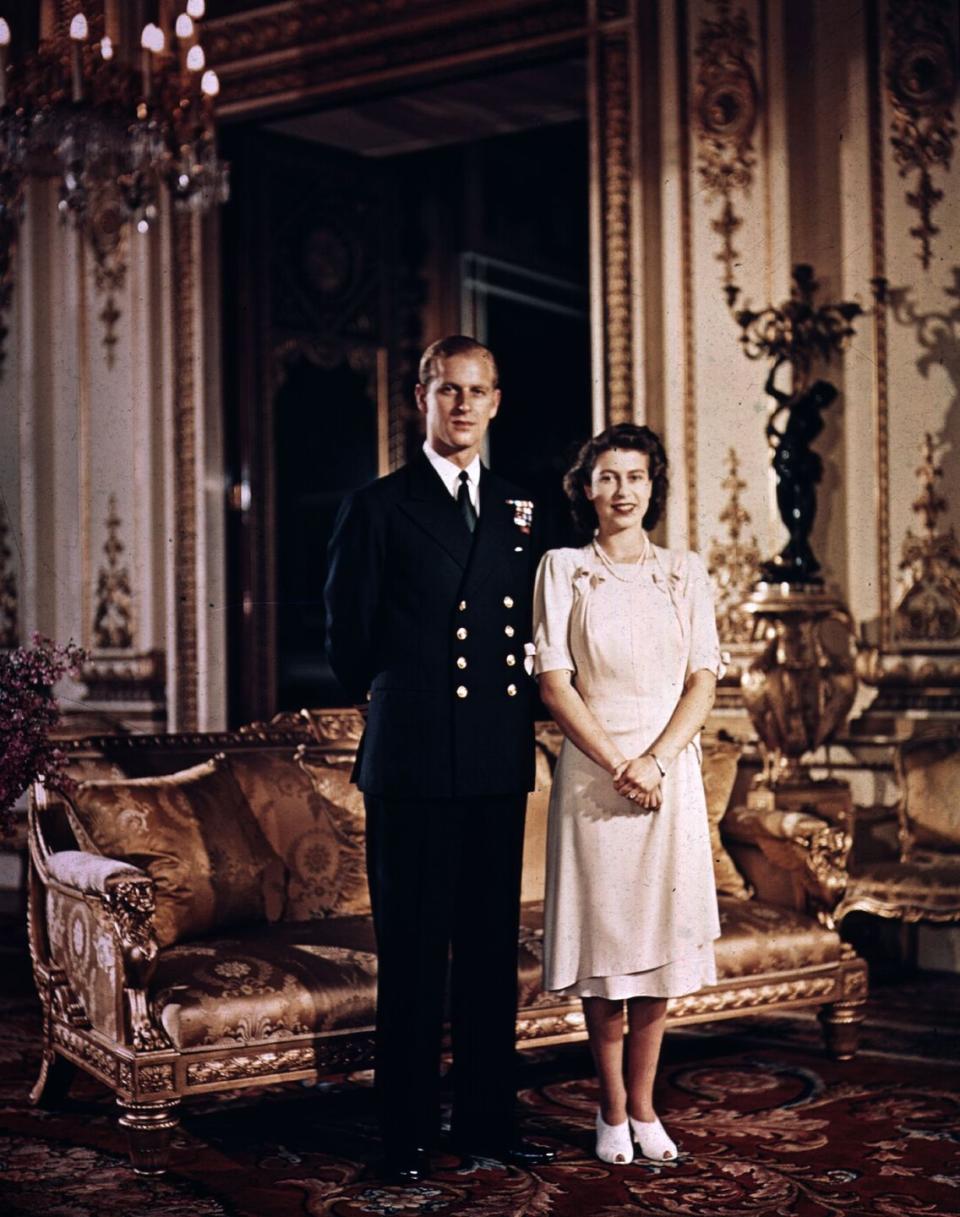
In the years that followed, he and Princess Elizabeth exchanged many letters and during a visit to stay with the Royal Family over Christmas in 1943, it’s believed Elizabeth placed a photo of Philip, in his uniform, on her dressing table.
In 1946, Philip asked Elizabeth’s father for permission to marry her. However, prior to the announcement of their engagement the Prince had to renounce his Greek title and become a British citizen, taking on his mother’s anglicised name, Mountbatten. The couple announced their engagement to the public in July 1947. Prince Philip proposed with a ring made by the jeweller Philip Antrobus, which featured diamonds from a tiara belonging to Philip's mother, Princess Alice of Battenberg. The day before the wedding, King George VI gave Philip the title of His Royal Highness.
The pair married on November 20, 1947 at London’s Westminster Abbey. The former Prime Minister, Winston Churchill, described the day as a ‘flash of colour’ in a grey post-war Britain. For her wedding, the Queen wore a floor-length gown, featuring floral and star patterns inspired by Botticelli's Primavera painting, designed by Sir Norman Hartnell. The dress was made from duchess satin and decorated with 10,000 seed pearls imported from the US. As Britain was subject to rationing at the time, the Queen collected clothing coupons to pay for the dress.
From 1949 to 1951, the newlyweds resided in Malta while Philip focussed on his military career and served as the commander of a Royal Navy ship.
Elizabeth gave birth to her first child, Prince Charles, at Buckingham Palace in 1948, and two years later welcomed the arrival of her daughter, Princess Anne. Prince Andrew (1960) and Prince Edward (1964) followed.
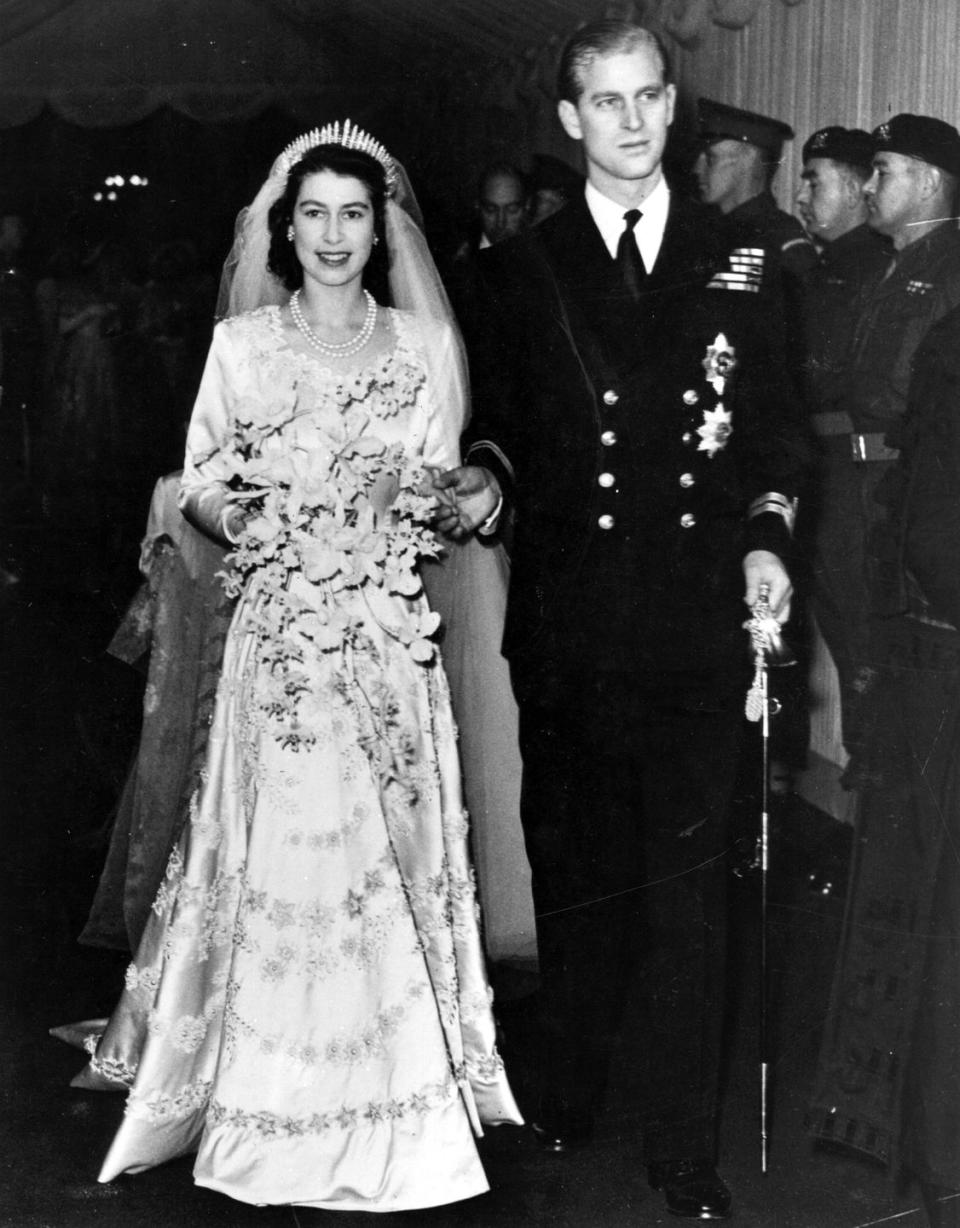
During her wedding anniversary speech in 1972, the Queen said: ‘If I am asked what I think about family life after 25 years of marriage, I can answer with equal simplicity and conviction, I am for it.’
In recent years the Queen has gushed about her late husband, who passed away on April 9, 2021 at the age of 99. ‘During these years as your Queen, the support of my family has, across the generations, been beyond measure. Prince Philip is, I believe, well-known for declining compliments of any kind. But throughout he has been a constant strength and guide,’ she once said of her partner.
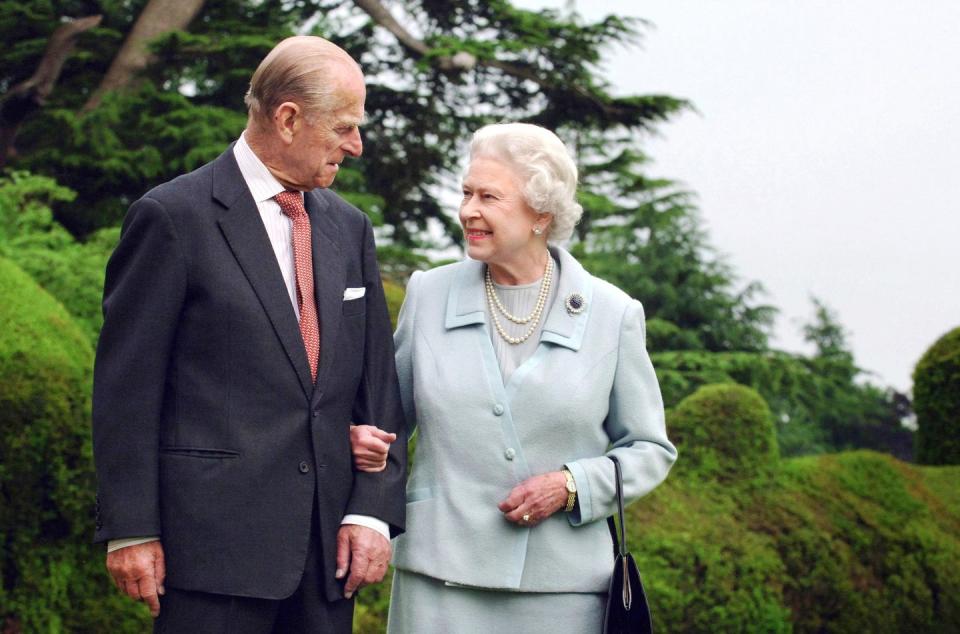
It’s hard to imagine how a 10-year-old Elizabeth must have felt on learning that her uncle, Edward VIII, was to abdicate the throne on December 1936. The unprecedented and controversial decision threw the then-child’s family into the spotlight, with her father Prince Albert somewhat forced – by duty – to become King George VI.
It was during the Queen’s Commonwealth tour that she learnt of her father’s passing on February 6, 1952.
Elizabeth was crowned Queen Elizabeth II on June 2, 1953, in Westminster Abbey, at the tender age of 25. On the morning of the coronation, which saw her become the was the 39th Sovereign to be crowned at the Abbey, the Queen and The Duke of Edinburgh were driven from Buckingham Palace to Westminster Abbey in the Gold State Coach pulled by eight grey gelding horses.
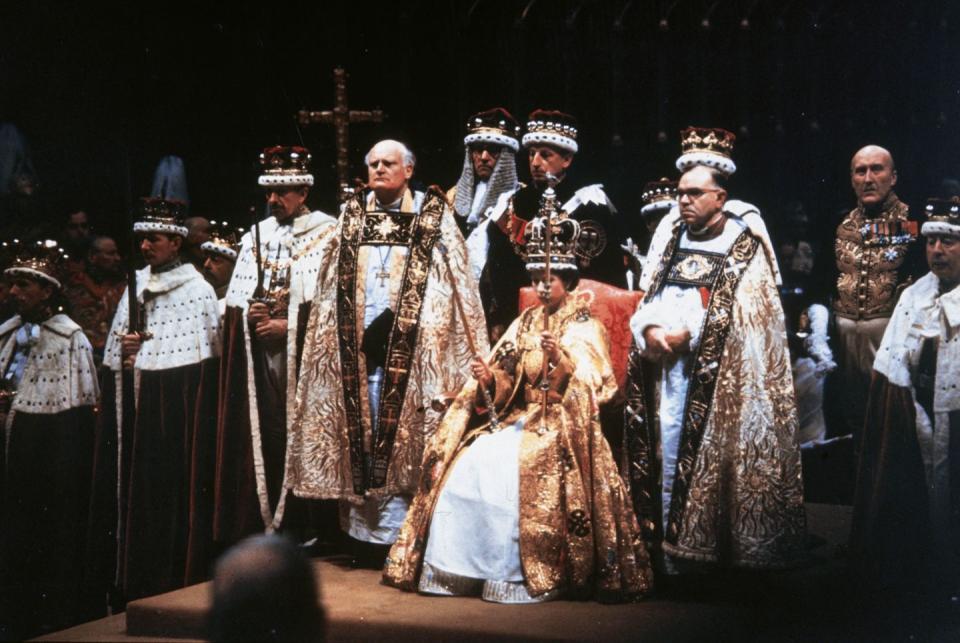
Her official title reads: Elizabeth II, by the Grace of God, of the United Kingdom of Great Britain and Northern Ireland and of her other realms and territories Queen, Head of the Commonwealth, Defender of the Faith. On becoming Queen, she decided her children would carry the name of Windsor, rather than her husband’s name Mountbatten. ‘I am the only man in the country not allowed to give his name to his children,’ Prince Philip reportedly remarked to his friends at the time. ‘I'm nothing but a bloody amoeba.’
The Queen’s coronation was the first to be televised and was watched by an estimated 27 million people in the UK, and millions around the world. During her Coronation Day Speech, she told the public: ‘I am sure that this, my Coronation, is not the symbol of a power and a splendour that are gone but a declaration of our hopes for the future, and for the years I may, by God's Grace and Mercy, be given to reign and serve you as your Queen.’
Later that evening she made a radio broadcast and told her subjects: ‘Throughout all my life and with all my heart I shall strive to be worthy of your trust.’
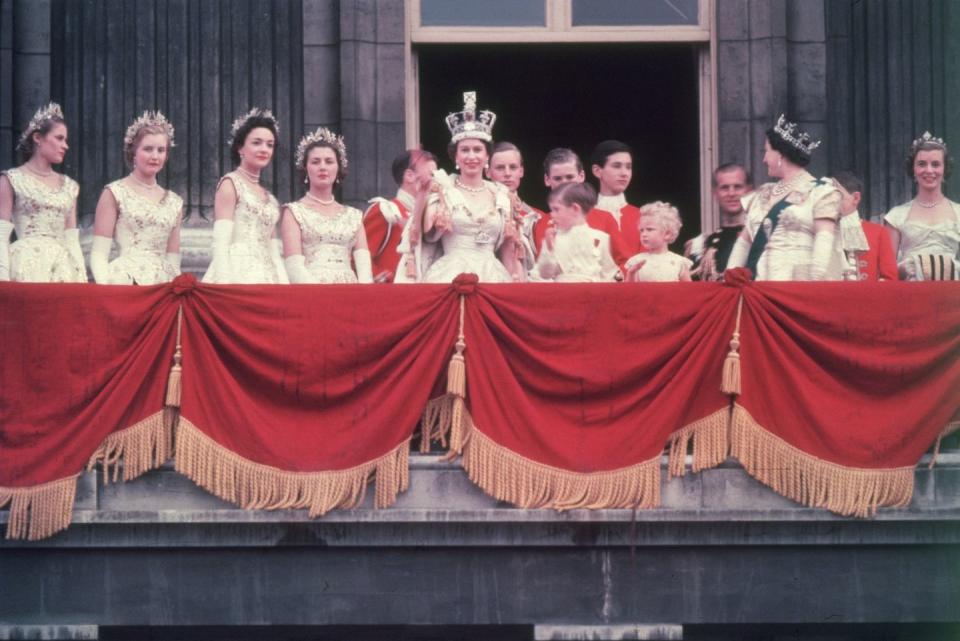
During her reign the Queen has changed history and broken many stereotypes. For example, in 2003 the royal famously took Saudi King Abdullah for a drive in her Land Rover during his visit to Balmoral, Scotland. Saudi Arabia, at the time, did not permit women to drive. British diplomat Sir Sherard Cowper-Cowles, who was Ambassador to Saudi Arabia at the time, wrote about the incident in his memoir, noting: ‘Abdullah was not used to being driven by a woman, let alone a Queen.’
In 2011, the Queen oversaw a change to succession laws, agreed by the leaders of the 16 Commonwealth countries, which now means that sons and daughters of any future British monarch have equal rights to the throne.
The Queen has faced many adversities, controversies and tragedies over the years.
In 1979, Louis Mountbatten, a military leader and Prince Philip’s uncle, was killed by the IRA in a bomb explosion. Years later, the Queen’s mother passed away, in March 2002. On the eve of the her mother’s funeral, the Monarch addressed the nation in a televised broadcast from Windsor Castle and spoke of her relative’s ‘infectious zest for living’.
‘Over the years I have met many people who have had to cope with family loss, sometimes in the most tragic of circumstances. So I count myself fortunate that my mother was blessed with a long and happy life,’ the Queen said. ‘She had an infectious zest for living, and this remained with her until the very end. I know too that her faith was always a great strength to her.’
On November 20, 1992, Windsor Castle also suffered extensive damage in a huge fire which was the result of a faulty spotlight setting fire to a curtain in Queen Victoria’s chapel. The blaze spread to the Brunswick Tower, St. George’s Hall and the surrounding private apartments, resulting in the damage of 115 rooms in the castle, including nine official state rooms.
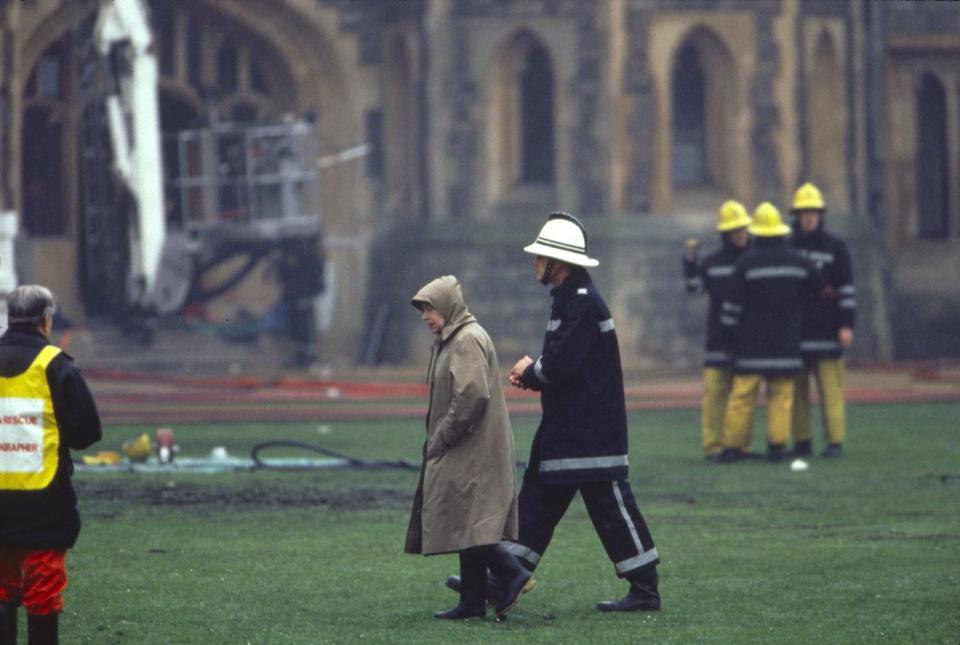
The fire sparked controversy among the public and Republicans on the topic of whether taxpayers should pay for the repairs. Ultimately, the Queen fronted 70% of the costs and donated $2.6 million of her personal wealth. She then opened Buckingham Palace to the public to generate additional funds.
The Queen and Margaret Thatcher
During the Thatcher years (19975-1990), it’s believed Queen Elizabeth II and Margaret Thatcher endured a rather complicated relationship.
While the pair were born only six months apart and were two of the most well-known female leaders in a patriarchal society at the time, they harboured vastly opposing views on society. In 1986 the Sunday Times reported that the Queen had expressed political views despite the fact, under Britain’s constitution, the Monarch must be non-political. The publication published a feature titled ‘Queen dismayed by “uncaring” Thatcher’, following claims that the Queen disagreed with the Prime Minister’s refusal to impose sanctions on apartheid South Africa. The Associated Press wrote that Buckingham Palace disputed the report.

In author John Campbell’s book The Iron Lady: Margaret Thatcher, from Grocer’s Daughter to Prime Minister, he wrote: ‘The Queen was said to dread her weekly audience with her Prime Minister because Mrs. Thatcher was so stiff and formal.’
The Queen later awarded Thatcher the Order of Merit, which she’s only bestowed on 24 people. The royal also attended Thatcher’s 80th birthday party, and her funeral in 2013 – the latter being a break from royal protocol.
The Queen and Princess Diana
Much has been reported of Queen and Princess Diana’s relationship over the years. One of the most vivid explorations of it was seen in season four of Netflix’s The Crown, when Olivia Colman (the Queen) asks a heartbroken Emma Corrin (Princess Diana): 'Is it possible that there's a part of you that's enjoying your own success a little too much?'
In the early days of Princess Diana’s courtship with Prince Charles, it’s widely known that the Queen was happy with her first child’s choice of partner. After all, Diana’s father served as an equerry to the Queen and her grandmothers were ladies-in-waiting to the Queen’s mother. Royal biographer Ingrid Seward wrote in 2001 that while Her Majesty ‘never directly addressed the question of his marriage, but by nod and nuance, she made it clear she approved of Diana.’
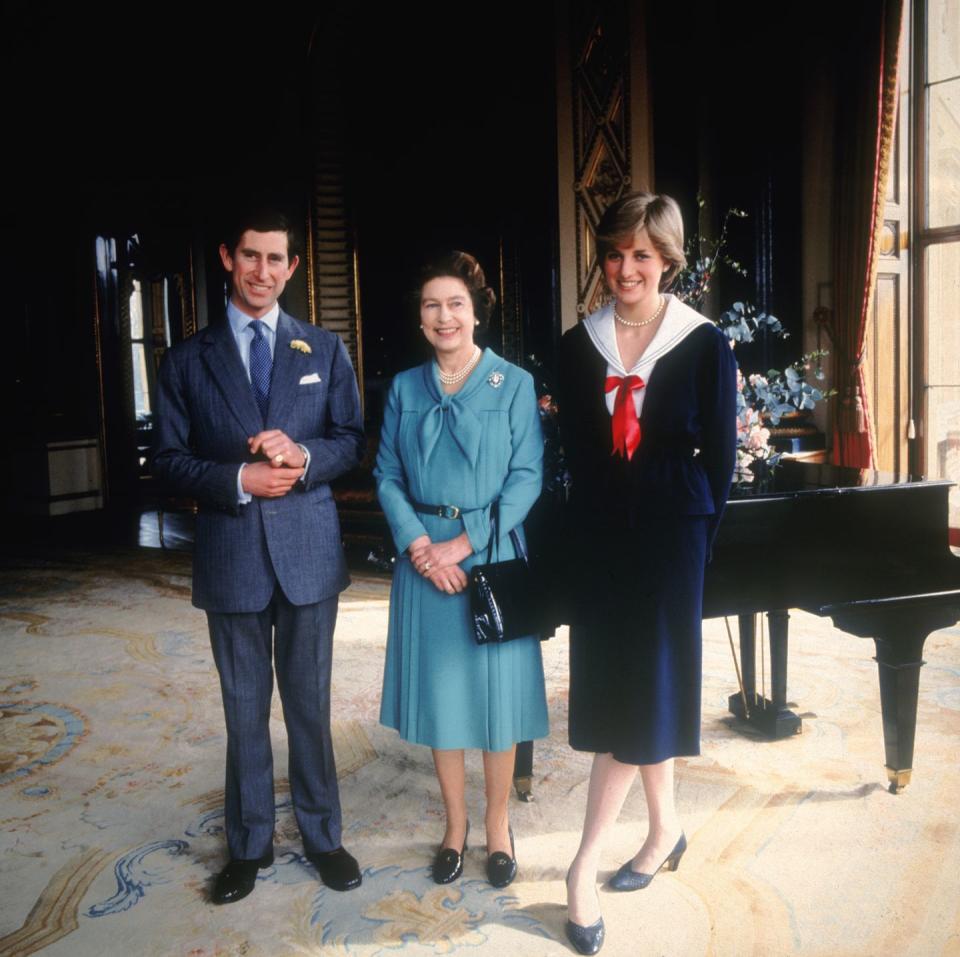
However, following the breakdown of Charles and Diana’s marriage, it’s seemed the Queen and her daughter-in-law’s relationship became fractured. Princess Diana reportedly told biographer Andrew Morton that during one conversation with the Queen, ‘she indicated to me that the reason why our marriage had gone downhill was because Prince Charles was having such a difficult time with my bulimia.'
Much has been made in the media of the Queen’s delayed reaction to Princess Diana’s untimely death on August 21 1997. Following the latter’s passing, the Queen went to Balmoral with her son Charles and grandsons William and Harry, instead of remaining in London; a move which resulted in widespread criticism. Headlines on newspapers at the time read ‘Show us you care’ and ‘Where is our Queen?’
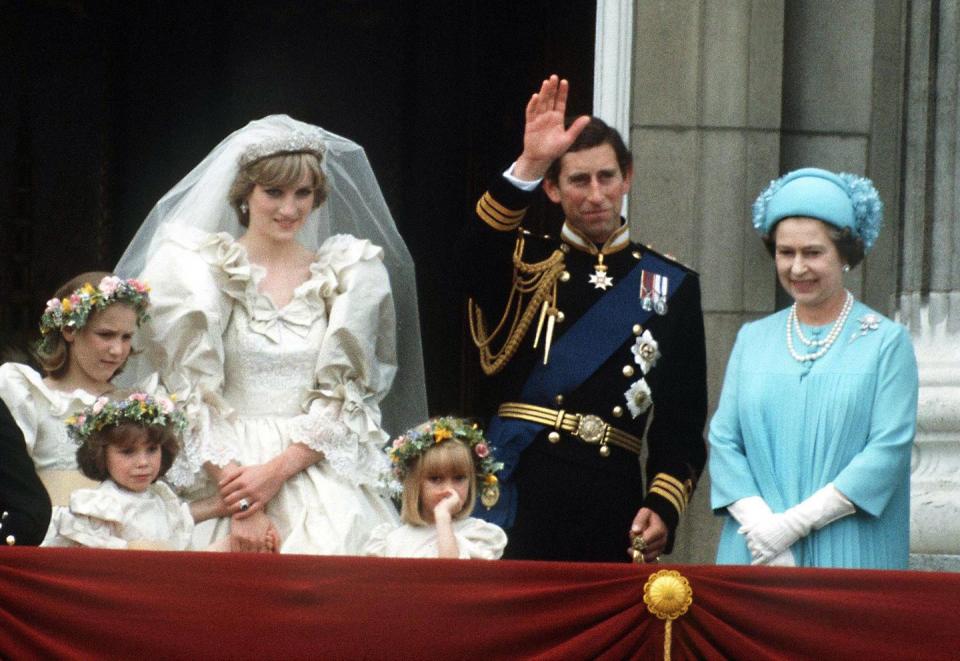
The Queen’s first public address came five days after Diana’s death. ‘I want to pay tribute to Diana myself. She was an exceptional and gifted human being,’ she said in a speech broadcast to the nation. ‘In good times and bad, she never lost her capacity to smile and laugh, nor to inspire others with her warmth and kindness.’
Mary Francis, an aide to the Queen, told Newsweek in a 2017 interview that she believed the royals were ‘somewhat slow, perhaps, to recognise the need to step forward in their public role of showing leadership for the country in its grief about the death of the princess’.
Days later the Queen and her family dressed in black and took a war outside Buckingham Palace to see the floral tributes left for Princess Diana.
The Queen and Prince Andrew
In January 2022, the Queen stripped her youngest child Prince Andrew of his military titles and royal patronages ahead of a US judge deciding to allow a civil sexual abuse case involving Andrew to move to trial.
In a statement, the palace said: ‘With the Queen’s approval and agreement, the Duke of York’s military affiliations and royal patronages have been returned to the Queen. The Duke of York will continue not to undertake any public duties and is defending this case as a private citizen.’
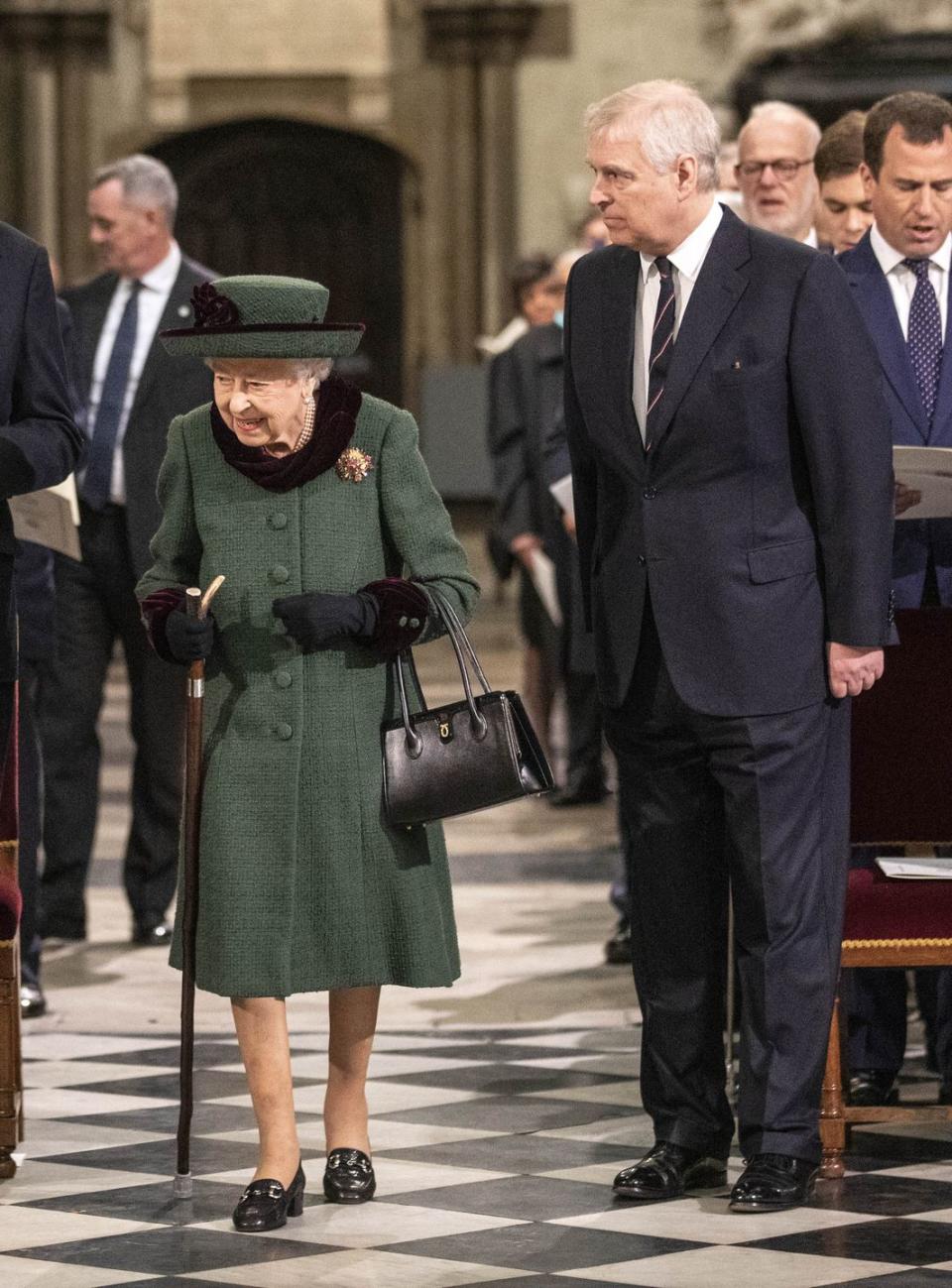
A month later, Prince Andrew settled with Virginia Giuffre, who had accused him of sexually assaulting her when she was a teenager in the early 2000s at the homes of convicted sex offender Jeffrey Epstein. Prince Andrew has repeatedly denied the claims.
The decision came almost three years after Prince Andrew stepped back from royal duties following his now controversial BBC Newsnight interview in November 2019.
As a result, many questioned why Queen Elizabeth II chose to be escorted by Prince Andrew to Prince Philip’s memorial following his passing in April 2022. The pair were seen riding to the ceremony in the same car, with Her Majesty holding on to her son’s arm as they walked to their seats.
Several critics took to social media, lambasting Her Majesty for seemingly supporting Prince Andrew.
‘If the Queen can defiantly rebel/step out of good sense for Prince Andrew she's not only given him her protection but saying to women violated by powerful men like him that such men can't be held to account, [sic]’ wrote Dr Shola Mos-Shogbamimu, a woman's right activist, on Twitter.
‘His presence was always going to be controversial, but Prince Andrew taking on the self-appointed role of consort for the day has completely overshadowed a beautiful service,’ added royal biographer Omid Scobie.
During her 70-year reign, the Queen has celebrated numerous occasions with the Commonwealth, her family and devoted subjects.
In 1997 her Majesty rang in her Silver Jubilee, followed by the Golden Jubilee (2002), Diamond (2012) and Platinum Jubilee (2022). The occasions have seen celebrations throughout the UK and Commonwealth, involving jubilee tours across the world, royal processions, concerts at Buckingham Palace, flotillas of thousands of boats along the Thames and extended bank holidays. Following the most recent Jubilee in June 2022, the Queen released a statement to thank people for their support.
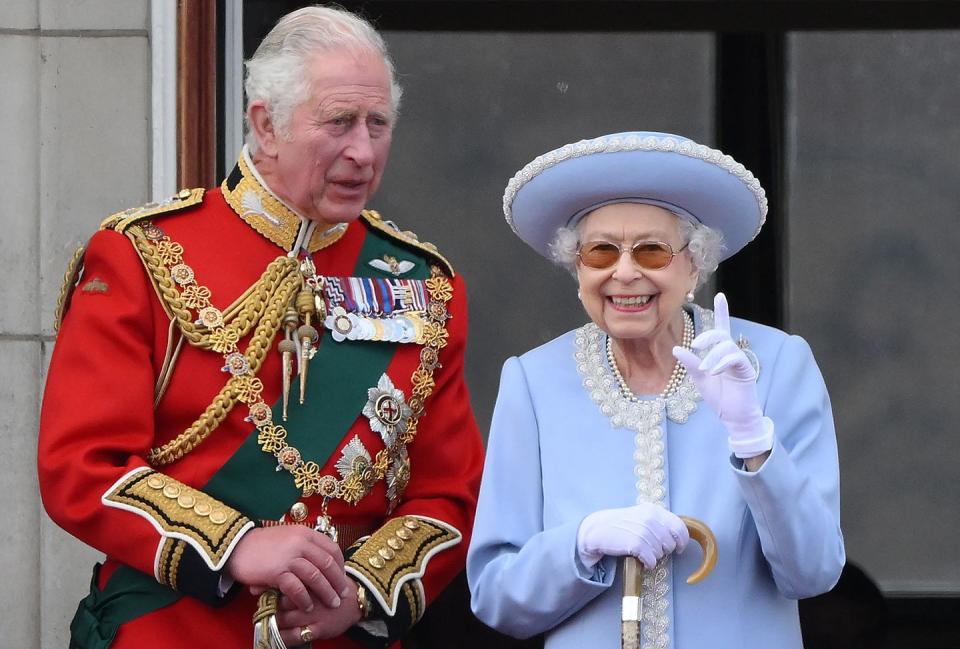
‘When it comes to how to mark 70 years as your Queen, there is no guidebook to follow,’ she wrote. ‘It really is a first. ‘But I have been humbled and deeply touched that so many people have taken to the streets to celebrate my platinum jubilee.’
Ahead of the London 2012 Summer Olympics, the Queen showed her humorous side and starred opposite actor Daniel Craig in a sketch which involved her greeting him in character as James Bond, at Buckingham Palace, before ‘jumping’ into a helicopter with him and ‘skydiving’ into the Olympic arena. In an episode of BBC Radio Four’s show The Reunion, production stage manager Sam Hunter told host Kirsty Wark: ‘The queen never told her family she was doing it. That was one of the stipulations when she agreed to be part of it. So if you actually see when she comes and she takes her seat, you can see her family go, “Ah, nice one.”’
In recent years the Queen has attended several weddings of her children and grandchildren, most prominently those of Prince William and Kate Middleton in 2011 at Westminster Abbey and Prince Harry and Meghan Markle’s in 2018 at St George’s Chapel, Windsor Castle.
The Queen is now a great-grandmother to 12 young royals, including Savannah Phillips, Isla Phillips, Prince George, Mia Tindall, Princess Charlotte, Prince Louis, Lena Tindall, Archie Harrison Mountbatten-Windsor, August Philip Hawke Brooksbank, Lucas Philip Tindall, Lilibet ‘Lili’ Diana Mountbatten-Windsor, and Sienna Elizabeth Mapelli Mozzi.
In 2017, the Queen and the Duke of Edinburgh became the first couple in the Royal Family to celebrate their Platinum Wedding anniversary. To mark the occasion, the pair were pictured in three portraits, taken by British photographer Matt Holyoak, in the White Drawing Room at Windsor Castle.
You Might Also Like


